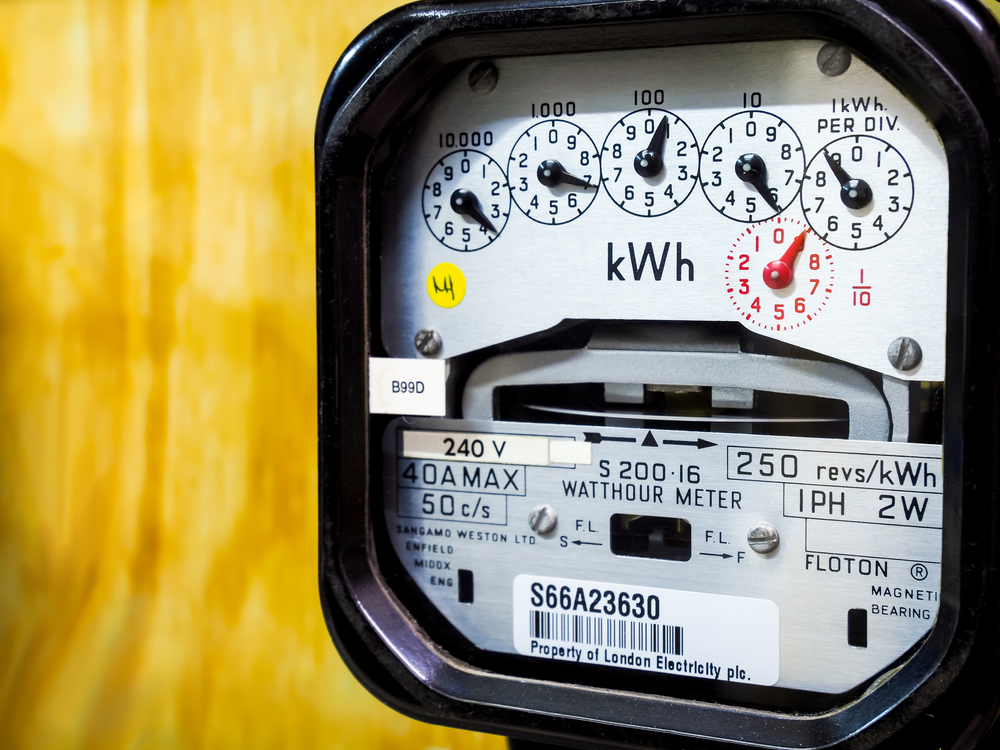Understanding Electricity Suppliers in the UK
Choosing and understanding an electricity supplier is an important part of managing household or business energy in the UK. This article explains what a supplier does, the types of tariffs available, how to compare options for local services in your area, practical steps to switch, and a short overview of notable suppliers operating in the market.

What does an electricity supplier do?
An electricity supplier buys electricity on wholesale markets and sells it to homes and businesses, handles billing, customer service, and manages payments and meter readings. They are distinct from network operators, who maintain the physical wires and poles. Suppliers offer different tariff structures, renewable options, and additional services such as smart meter support or green energy certificates. Understanding these roles helps you know who to contact for billing questions and who is responsible for power restoration.
How to compare tariffs and contract terms
When comparing tariffs, consider unit rates (pence per kWh), standing charges, contract length, exit fees, and whether the tariff is fixed or variable. Fixed tariffs lock a rate for a set period and protect against price rises, while variable tariffs can change with market movements. Look for clarity on payment methods (direct debit, prepayment), and whether any discounts are conditional. Reviewing recent bills and your average consumption will make comparisons more accurate. For those interested in renewable energy, check which tariffs include certified green electricity and how that is verified.
How to choose a supplier in your area
Selecting a supplier in your area involves practical and personal factors: coverage, customer service reputation, available tariffs, and add-on services like smart meter installation or online account management. Use official comparison tools and trusted local services directories to see options for your postcode. Read customer reviews but weigh them alongside verified performance indicators such as complaint handling records. Consider whether a supplier offers specific schemes for vulnerable customers or business-tailored plans if you operate commercially.
Switching suppliers: process and considerations
Switching suppliers in the UK is typically straightforward and regulated to protect consumers. You can request a switch through the new supplier; they will coordinate with your current supplier and the local network operator. The process usually takes no more than a few weeks and does not require a power cut. Before switching, check for exit fees on fixed-term contracts and ensure meter readings are submitted to avoid disputes. Keep records of confirmation emails and final bills. If you have a smart meter, switching should still be smooth, but ask both suppliers about any steps needed to maintain functionality.
Common tariff types and billing practices
Tariff types include standard variable, fixed-rate, time-of-use (economy 7/10 or smart tariffs), and green tariffs. Time-of-use tariffs offer cheaper rates during off-peak hours, which can benefit households that can shift consumption. Billing may be estimated or based on actual readings; providing accurate meter readings or installing a smart meter reduces the likelihood of estimated bills. Understand how standing charges affect low-usage households and how payment choices (prepayment vs. direct debit) can influence the total monthly cost and convenience.
| Provider Name | Services Offered | Key Features/Benefits |
|---|---|---|
| British Gas | Domestic and business electricity and gas; boiler and home services | Extensive nationwide support network; combined energy and home services |
| EDF Energy | Household and business energy; renewable energy options | Varied tariffs including green options; large customer base in the UK |
| Octopus Energy | Domestic and business electricity and gas; smart tariffs | Emphasis on technology and customer service; various time-of-use and renewable plans |
| E.ON UK | Energy supply for homes and businesses; energy services | Offers online account tools, renewable tariffs, and energy efficiency support |
Prices, rates, or cost estimates mentioned in this article are based on the latest available information but may change over time. Independent research is advised before making financial decisions.
Practical tips for managing energy costs
Monitor your energy consumption by reviewing bills and using online account dashboards or in-home displays provided with smart meters. Simple efficiency measures—such as improving insulation, using efficient appliances, and adjusting heating schedules—can reduce usage. If budget concerns are significant, explore government or supplier support schemes for vulnerable customers and energy efficiency grants available through local services or municipal programmes in your area.
Understanding supplier performance and contract terms reduces the risk of unexpected charges and helps align your choice with priorities such as low cost, renewable energy, or strong customer support. Regularly reviewing your plan, especially after price changes or life events that affect consumption, will help keep energy costs manageable and appropriate for your needs.




